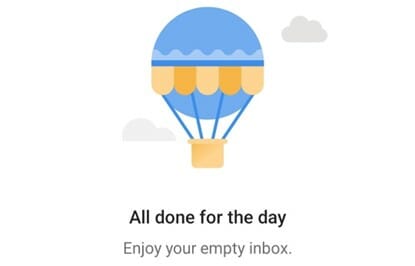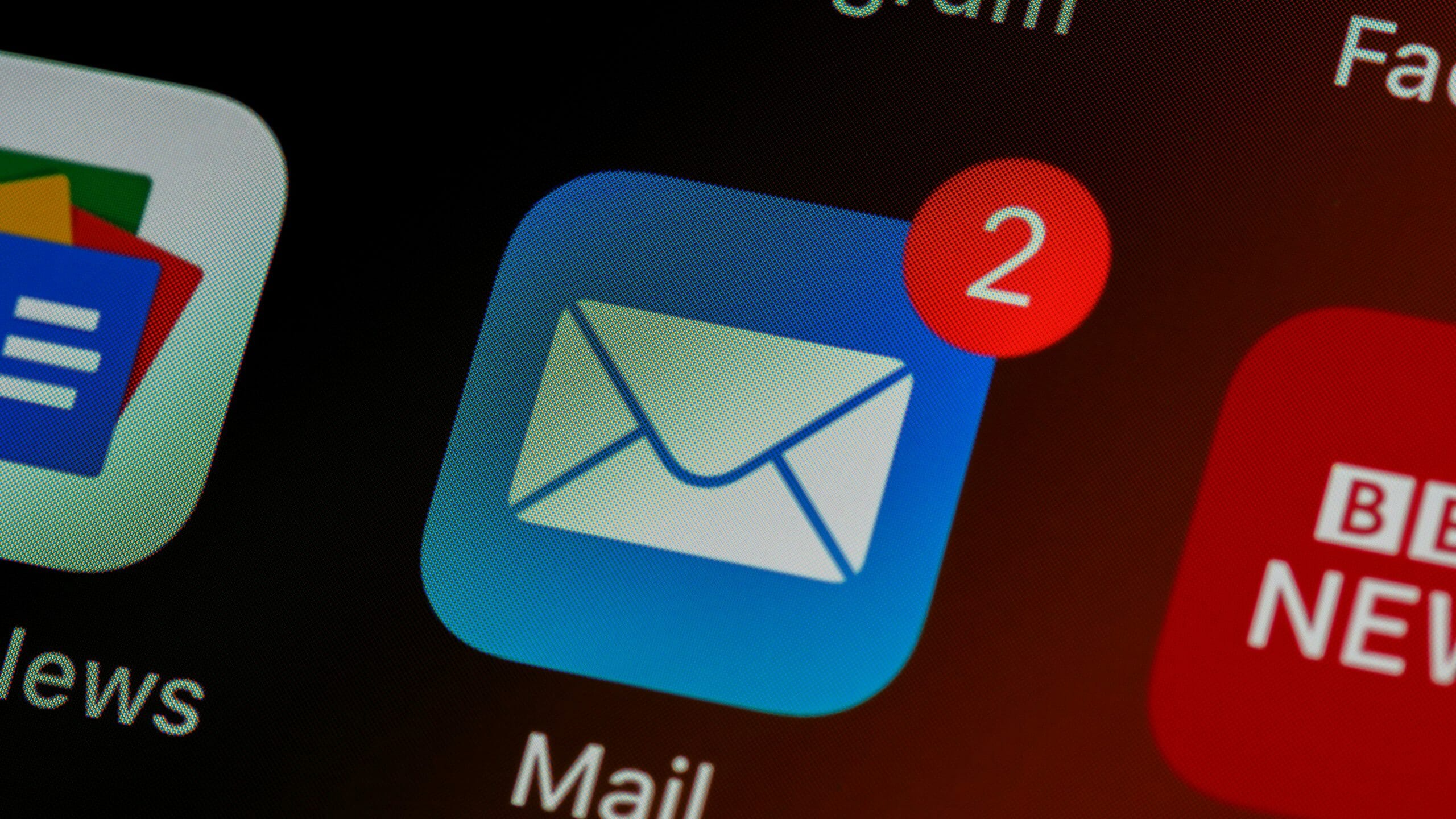Increasingly over the past decade, a major pain point in modern offices has been encapsulated in the phrase “This meeting could have been an email.” So much so that it’s earned a permanent place within the meme universe and is regularly included in the newest formats. It’s an issue worth addressing.

The driving sentiment being that interrupting people’s day to corral them into a conference room to review or present information that could have been summarized in a written memo is both inefficient and, honestly, a bit irritating. It is an artifact work of previous ways of doing when communication was limited and gathering everyone together was more efficient than physically distributing memos. As our workplaces continue to modernize – and especially with the rise of working from home due to COVID – this pain point is evolving to “This email could have been a Teams message.”
Ok, so maybe true zero is too good to be true, but zero internal email is an achievable goal within the Microsoft 365 environment. In the current era of instant messaging on pretty much every platform, small tasks like getting project status updates, requesting feedback on draft materials, or even just coordinating happy hour plans feel unnecessarily burdensome via email. This is especially important for those of us who file emails and see a clean inbox as a daily goal, but I would argue that everyone benefits from a less cluttered inbox.

The Microsoft ecosystem includes numerous features that make these enhancements seamless.
- Teams interactions can be one-to-one messages with specific coworkers, group chats, or channel-wide posts. The ability to notify an entire channel or just tag specific team members helps elicit attention from the relevant people instead of having everyone tag along on a never-ending “reply all” chain.
- Microsoft Planner allows users to assign tasks, comment on the task, and track progress throughout a project all within the project itself – no pesky update meetings or emails!
- Word, Excel, and PowerPoint documents can be collaboratively edited within Teams or their respective desktop apps without having to send drafts or comments back and forth via email.
- Emails can be sent from Outlook to Teams for an internal discussion outside of the thread before responding to the external party. It’s also a great way to retain records of conversations without having to dig up dozens of emails later as the replies are all consolidated underneath the original post.
- Power App automation eliminates repetitive and tedious tasks and streamlines requests and approvals.
- SharePoint documents can be shared directly eliminating the need to email draft versions back and forth.
- And more!
All of these features are incorporated within the REALTY|share solution and add a whole new dimension of business transformation and efficiency to the workplace.
Many organizations pay the Microsoft licensing costs to just use Outlook and Office without really understanding the wealth of broader capabilities that are included. You might be surprised to learn how much of your organization’s internal operations can be consolidated with tools already at your fingertips. We’re here to help you maximize your investment in existing resources. Contact us at engage@realtyshare.net for a consultation – it’s a meeting you’ll be happy to schedule!
Written by: Yolanda Hartley

